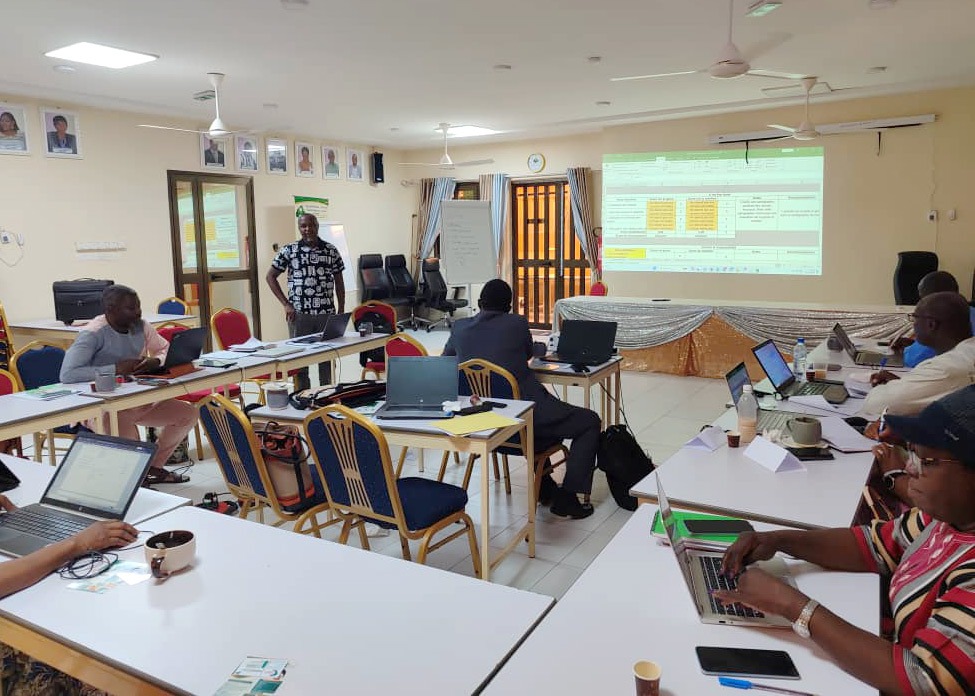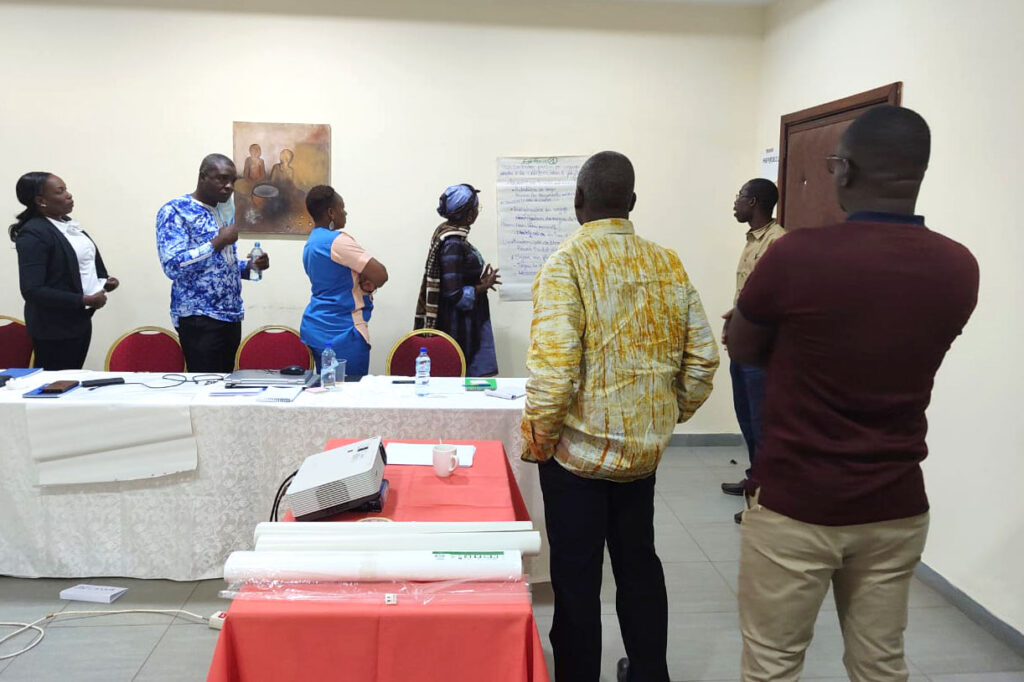
Africa’s agriculture sector is dominated by women and accounts for between 30%–40% of the gross domestic product. Two-thirds of the continent’s population are also employed in this sector.
While 10 million to 12 million youth enter the workforce each year after graduating from tertiary education, only a few are absorbed into the job market. With immense opportunities along the agriculture value chain, the sector is poised to serve as a gateway to reduce unemployment and promote entrepreneurship. Access to finance, however, remains a barrier for youth and women to raise their productivity, with collateral requirements playing a major role in excluding them from the formal credit market.
This is where microfinance institutions come in: They bridge the gap by providing credit to people with low incomes. This ultimately contributes to gender quality, improves household well-being, and influences the consumption of healthy diets.
Tanager has, through the Impacting Gender & Nutrition through Innovative Technical Exchange in Agriculture (IGNITE) project, been providing gender-focused technical assistance to microfinance institutions in Burkina Faso. The Professional Association of Decentralized Financial Systems of Burkina Faso (APSFD), an association of microfinance institutions (MFIs), and its members are working to mainstream gender into their operations and develop financial products specifically for youth and women.
APFSD marked a major milestone in 2023, by transitioning from IGNITE client to local service provider—essentially an implementing partner for IGNITE. In this role, APFSD will coordinate with Tanager to support its members in integrating gender equality into their policies, programs, and financial products.
As part of this arrangement, Tanager held a training in January for APFSD members PRODIA, Caisse Baioul Maal (CBM), and Caisse Mutuelle du Burkina Faso (CMBF) on the Theory of Change (ToC) and logical framework for MFIs. The training—one of a number of trainings provided by IGNITE—was led by IGNITE Monitoring Evaluation and Learning Manager Charles Karari.
Theory of Change to Measure Progress

The majority of clients for MFIs are women, who are proven to have better repayment rates than men. MFIs are increasingly mainstreaming gender into their operations and developing tailored financial products to better serve this clientele. But to successfully achieve this aim, they require a robust Theory of Change (ToC) against which they can measure the progress and impact of the gender quality objectives and interventions identified during the design of their programs.
The ToC is an ongoing process of discussion-based analysis and learning that produces powerful insights to support a program’s design, strategy, implementation, and impact assessment. The ToC is also, says Karari, a “living, breathing” document. It is open to change during implementation based on learning through the monitoring and evaluation process. It is monitored at regular intervals.
Here are some key tips to consider when developing a ToC:
- Planning. This involves creating a vision board on what successful gender mainstreaming within the organization will look like. Planning enhances accountability, as it clarifies the roles and responsibilities that each actor plays during the implementation of the program.
- Conducting a problem analysis. The gender analysis will unravel any inequalities between men and women in the provision of financial services. This will inform effective gender-integrated programming and delivery of financial services.
- Stakeholder analysis. MFIs work with different stakeholders in the financial ecosystem. It is therefore important to map target stakeholders and their roles in each stage of the ToC. It’s advisable to co-create the ToC with those stakeholders and have dialogues that will bring different perspectives. This builds consensus for the new initiative.
- Interventions and inputs. Institutions must identify the key interventions, including resources required, that will help them achieve the desired changes envisaged.
- Assumptions. Organizations should formulate assumptions as a hypothesis for evaluation and devise a learning strategy to test if the desired impact of the change process is on track; this may lead to new insights and ideas.
- Monitoring and evaluation. Monitoring and evaluation will help institutions evaluate if the plan is on course to achieving key objectives. The indicators provide clarity on what needs to be assessed and the lessons learned with help improve the ToC.
During the January training, participants divided into groups to follow these steps and develop their institutions’ ToC. They reported gaining key insights on how transformative change can systematically be promoted within their MFIs and what factors enable or hinder gender equality and women empowerment by MFIs.

